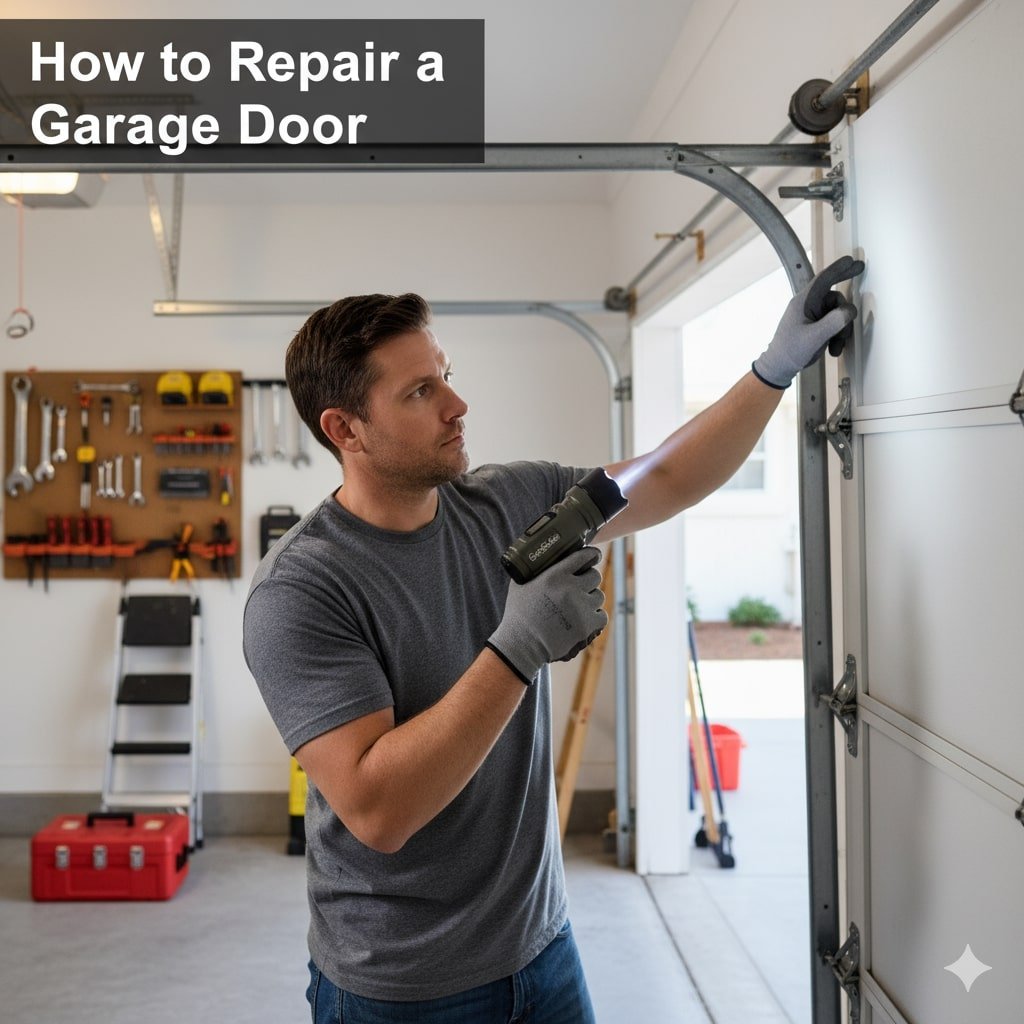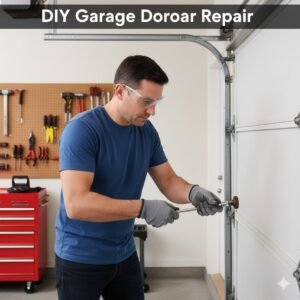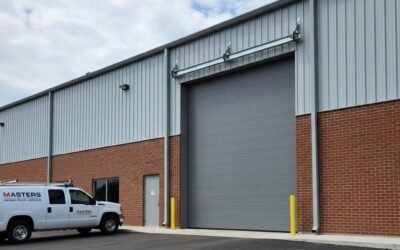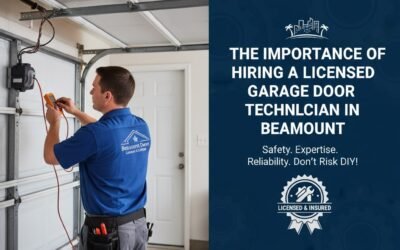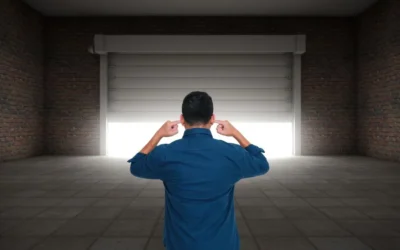A broken garage door can disrupt your day. It may not open, make loud noises, or get stuck halfway. Fixing it yourself may save money, but safety comes first. In this guide, you will learn how to repair a garage door step by step. We cover common problems, DIY solutions, and when to call a professional for assistance. Masters Garage Door Services, based in Beaumont, TX, brings years of local expertise to help you.
Understanding Common Garage Door Problems
Before starting repairs, it is important to identify the problem. Garage doors can fail for many reasons. Common issues include broken springs, misaligned tracks, faulty openers, and worn rollers.
Why Your Garage Door Won’t Open or Close
If your door won’t open, the problem might be the motor, safety sensors, or a broken cable. Check if the door responds to the remote and wall control panel.
Signs of a Broken Spring or Cable
Torsion and extension springs provide balance and tension. A broken spring or cable can make the door feel heavy, move unevenly, or produce loud noises.
Garage Door Opener Malfunctions
The garage door motor, limit switch, or remote can fail. If the door moves slowly or stops unexpectedly, inspect the opener system.
Misaligned Tracks and Rollers
Tracks guide your door while rollers ensure smooth motion. Bent tracks or worn rollers can cause doors to go off track or jerk during operation.
DIY Garage Door Repair – Step-by-Step Instructions
You can safely do some repairs at home. Always wear protective gloves and eye protection.
Safety Precautions
Before starting, unplug the opener and release the emergency cord. Never attempt to replace torsion springs without proper tools and guidance.
Tools You Will Need
Common tools include winding bars, socket wrench, clamps, screwdriver, pliers, step ladder, and lubricant like WD-40.
Step 1: Inspect Your Garage Door
Check the tracks, rollers, springs, and cables. Look for rust, dents, or misalignment. Ensure safety sensors are clean and properly aligned.
Step 2: Lubricate Rollers and Hinges
Lubricate moving parts using a garage door-safe lubricant. Focus on rollers, hinges, and tracks to reduce noise and ensure smooth operation.
Step 3: Align Safety Sensors and Photo-Eyes
Sensors prevent the door from closing on objects. Clean lenses and ensure they face each other. Misaligned sensors can prevent the door from closing properly.
Step 4: Replace Broken Springs or Cables (If Safe)
Replacing torsion springs can be dangerous. Only attempt if you are confident and have proper tools. For extension springs, follow step-by-step instructions. Never skip safety precautions.
Step 5: Reset and Test the Garage Door Opener
After completing repairs, reconnect the opener. Test the door using the remote and wall panel. Check for smooth motion, proper balance, and sensor functionality.
When to Call a Professional
Some issues are too risky for DIY. Call a licensed technician if:
- Broken springs are dangerous to replace.
- Garage door is off track or warped
- Opener motor or circuit issues require professional service
A professional can reduce downtime, ensure safety, and provide long-lasting repairs. Masters Garage Door Services offers fast, reliable garage door repair in Beaumont, TX.
Garage Door Maintenance Tips
Regular maintenance prevents major repairs.
- Inspect springs, rollers, and tracks every six months
- Lubricate moving parts
- Check sensors and photo-eyes
- Tighten bolts and hinges
- Replace weather seals to protect the door from moisture
Preventive maintenance can extend the lifespan of your garage door and avoid costly emergencies.
FAQ Section
How do I fix a garage door that won’t open or close?
Inspect the opener, sensors, and springs. Lubricate the rollers and align the tracks.
Can I repair a garage door myself safely?
Yes, for minor repairs like lubrication, sensor alignment, or roller replacement. Avoid replacing torsion springs yourself.
Which tools do you need to repair a garage door?
Winding bars, socket wrench, pliers, clamps, screwdriver, step ladder, and lubricant.
When should I call a professional for garage door repair?
Call a licensed technician for broken springs, off-track doors, or opener motor failures.
How often should I lubricate my garage door?
Lubricate moving parts every 3–6 months to reduce wear and noise.

